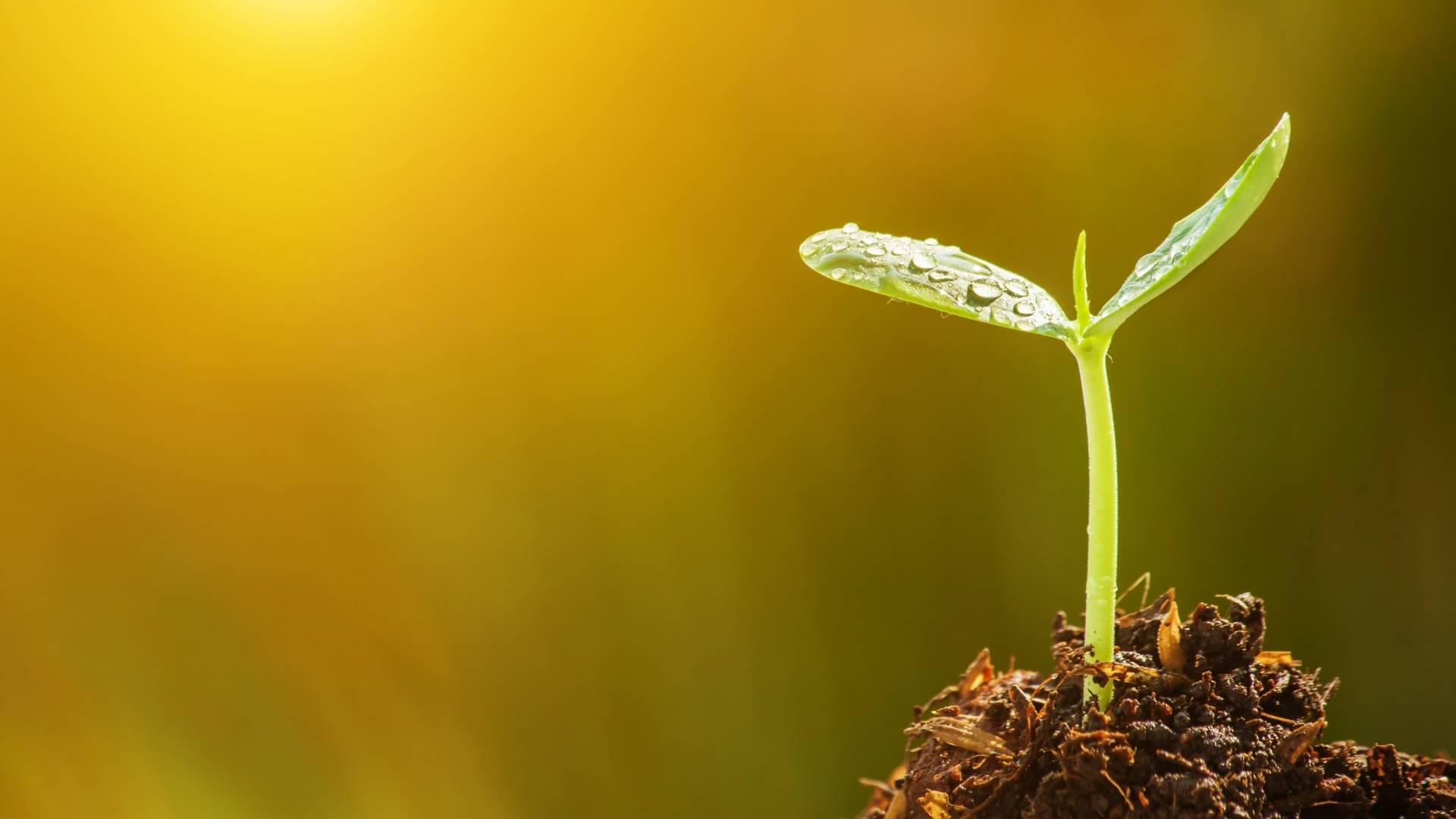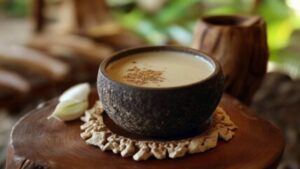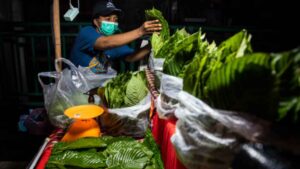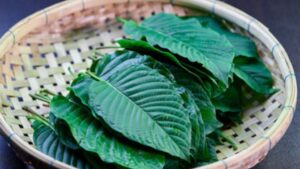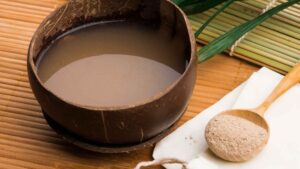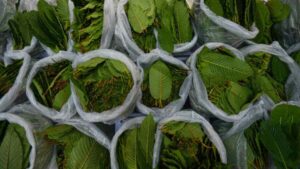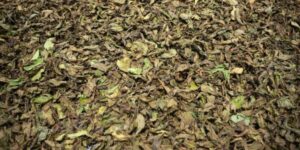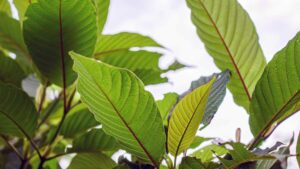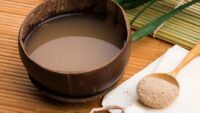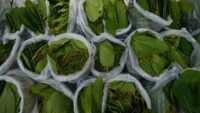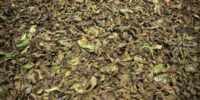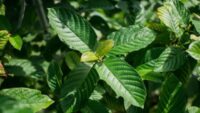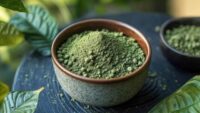Kratom has a global reputation based on its peculiarities and the history of the culture. Although many individuals thus far have only shown acquaintance with kratom in powdered or dried leaf form, there is an emerging interest in growing kratom seeds.
Whether you are a committed specialist at home in the garden or a plant-favored person who needs to spread, this guide will answer questions about how to use kratom seeds, useful germination methods, and how harvest campaigns occur- you do not need to be dragged into unfounded soundness claims.
What Are Kratom Seeds?
Kratom seeds are the small, fragile propagules of the Mitragyna speciosa tree. The trees of kratom, which grow in Southeast Asia, have round, spiky seed pods.
Countless small brown seeds, usually hundreds and sometimes thousands, are stuffed into the pods, which can all grow into kratom plants so long as they are handled properly. Propagation by cuttings is widespread, but seed produces a more genetically diverse range of plants and is thus a good horticultural challenge.
How to Use Kratom Seeds?
For successful kratom cultivation, seeds should be:
- Fresh: Kratom seeds lose their viability rapidly. Fresh seeds (ideally less than a week post-harvest) have the highest germination chances.
- Properly cleaned: Remove pulp or debris to prevent mold.
- Correctly stored: If not used immediately, store in a refrigerator at about 40°F (4°C) in a slightly moist medium, though germination odds will decrease over time.
Choosing Your Seeds
- Buy from reputable sources; many online retailers and botanical sellers stock kratom seeds seasonally.
- Ask about the harvest date and storage to ensure freshness.
- Consider ordering a surplus, as germination rates are often low.
Germinating Kratom Seeds
Germinating kratom seeds is notoriously tricky. Patience, cleanliness, and attention to detail increase your odds. Here’s a streamlined process based on university extension advice and field experience:
Materials Needed
- Fresh kratom seeds
- Commercial peat-based potting mix or a well-draining seed starting soil
- Seedling tray or shallow pots
- Humidity dome or clear plastic cover
- Spray bottle for misting
- Heat mat (optional, for consistent temperature)
- Grow lights or access to indirect sunlight
Germination Process
- Fill seed trays with pre-moistened, peat-based potting soil.
- Scatter seeds thinly across the surface; do not cover them with soil. Kratom seeds need light to sprout.
- Mist lightly with a spray bottle to keep the medium damp but not soggy.
- Cover with a humidity dome or clear plastic to trap moisture. This helps maintain the high humidity young kratom seeds need.
- Provide bright, indirect light. Use grow lights or a windowsill that gets plenty of filtered sunlight.
- Maintain warmth at 75–82°F (24–28°C) using a heat mat if needed.
- Monitor daily: Mist to maintain even moisture. Avoid letting the soil get dry or waterlogged.
- Germination time: With ideal conditions, seeds may sprout in 8–21 days, though some may take longer. Cotyledons (the first seed leaves) will appear, followed by the first set of “true leaves.”
After Germination
- When seedlings have 2–3 true leaves and are about 1–2 cm tall, begin acclimating to lower humidity by gradually removing the dome over several days.
- Once established, transplant seedlings gently into individual pots.
Optimizing Growth: From Seedling to Maturity
After successful germination, your focus shifts to nurturing healthy, vigorous kratom plants.
The Growth Stages
1. Seedling Stage (First 6–8 weeks):
- Maintain high humidity, moderate warmth, and indirect sunlight.
- Keep soil moist but never soggy; small seedlings are prone to root rot and dehydration.
2. Vegetative Stage (2–6 months):
- As plants grow, they gradually increase exposure to stronger light.
- Fertilize with a balanced, diluted fertilizer every few weeks.
- Water regularly; kratom trees like moisture, but good drainage is essential.
3. Maturing Plant (1–3 years):
- Repot the tree as it outgrows its container or transplant outdoors in suitable climates.
- Stable, warm temps (70–90°F / 21–32°C) and high humidity remain ideal.
- Mature trees can reach 15ft+ indoors, and up to 80ft in tropical regions.
Pollination and Seed Set
Kratom is typically cross-pollinated by insects. For new seed production, multiple mature trees (ideally from differing genetic stocks) may be required.
Harvesting Kratom: The Basics
Harvesting kratom refers to collecting mature leaves, not seeds.
When to Harvest
- Leaves can be picked when fully mature; the leaf size, color, and aroma will vary depending on the specific strain and environmental factors.
- Regular harvests can be made every few weeks from a vigorously growing tree.
How to Harvest
- Use clean scissors or clippers to cut mature leaves, leaving younger leaves to fuel continued growth.
- Some growers favor picking from the lower half of the tree for the first harvests.
- Only harvest a portion (no more than 1/3) at a time to avoid stressing young plants.
Drying and Processing
- Lay leaves thinly on screens in a warm, dry, well-ventilated area out of direct sunlight.
- Drying can take one day to several days, depending on humidity.
- Dried leaves can be stored whole, powdered, or used as desired.
Common Challenges and Solutions
1. Low Germination Rate
- Solution: Always use fresh seeds, provide ample light, warmth, and humidity, and do not bury seeds under soil.
2. Mold and Fungal Issues
- Solution: Sterilize soil, avoid overwatering, and provide gentle airflow to prevent mold growth on seeds and seedlings.
3. Damping-Off
- Solution: Reduce watering slightly, increase air movement, and sterilize the growing surface.
4. Weak, Slow Growth
- Solution: Gradually increase light, check for root health, fertilize sparingly, and ensure no crowding among seedlings.
Tips for Success
- Start with extra seeds: Germination rates are typically under 20%, with even lower rates for months-old seeds.
- Label your trays: Keep track of planting dates and seed sources.
- Patience is essential: Kratom’s pace is slow, but steady care will reward you.
- Consider propagation by cuttings: This method is often easier and more reliable than seeds, allowing you to clone an existing plant.
- Learn local laws: Kratom cultivation is legal in most places, but always check your region’s regulations before growing.
Final Thoughts
Kratom seeds are a horticultural adventure for anyone willing to raise this culturally worthwhile tree. Although germinating and growing plants take exactness and time, the method will give you complete control over the roots and condition of your plant.
With the help of these most important rules provided in this kratom seeds 101, such as using only fresh seeds, successful approaches to germination, hands-on care of your plants, and sensible harvesting practices, you could turn the smallest kratom seed into a great tree.
This scope is ideal whether you want to take your botanical knowledge to the next level, or you just need to feel the whole process of raising a small seed as it grows into an adult kratom plant, and it will be your launching pad into cultivation that will be both responsible and rewarding.

